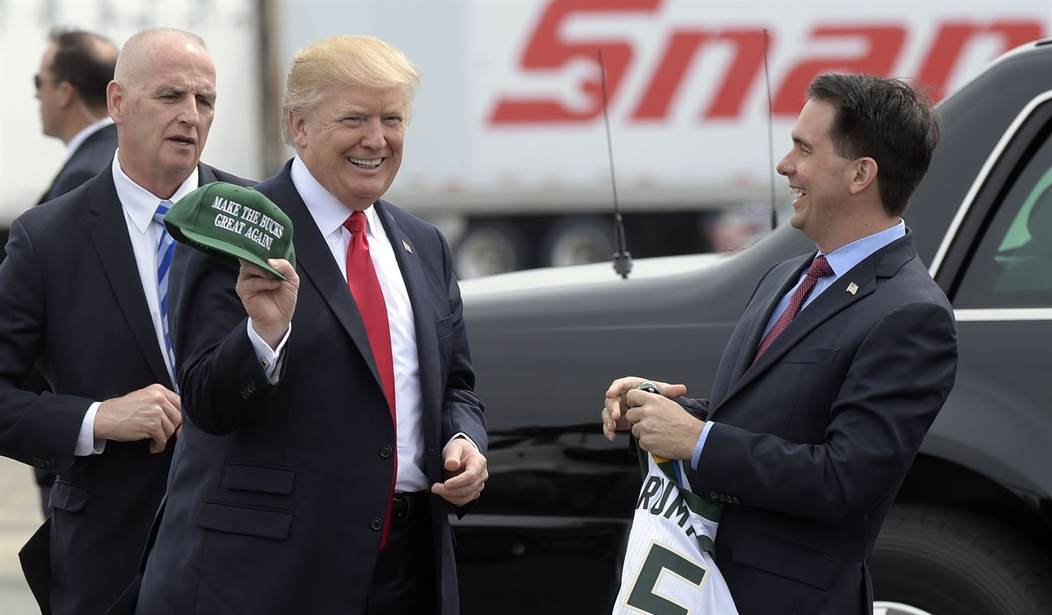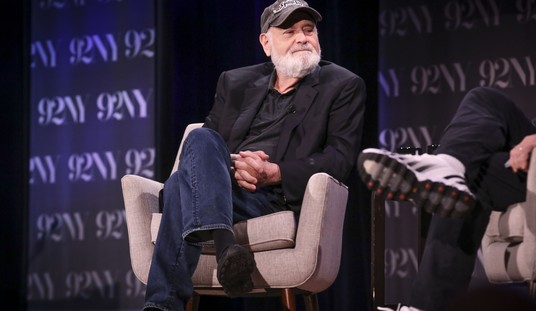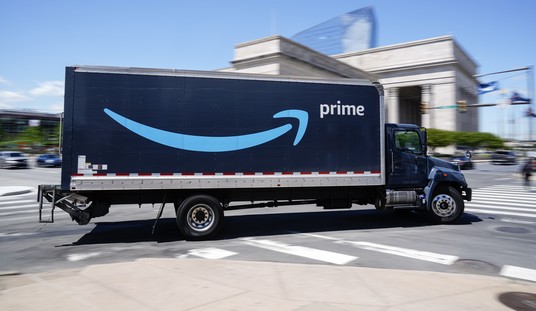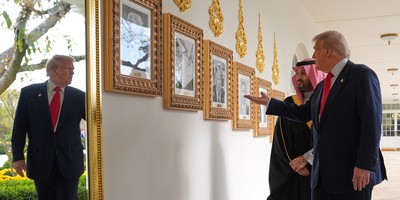It was a day of major reversals on Wednesday. It was clarity in one area only that cleared the smoke and questions in another. Energy surged as crude rallied to its highest level in 2018, and utilities climbed as investors sought out safety.
-0.86% | ||
-0.87% | ||
-1.29% | ||
-0.29% | ||
+1.34% | ||
-1.27% | ||
-0.85% | ||
-0.81% | ||
-0.31% | ||
-0.28% | ||
-1.36% | ||
+0.48% |
The Dow Jones Industrial Average indicated to open down 200 points in early pre-open futures trading. Then the White House said Congress would vet potential Chinese investments in U.S. tech companies via a bulked-up Committee on Foreign Investment in the United States (CIFUS) process, and soon the Dow was higher. In fact, at one point, it was almost 300-points higher.
The rally began to fade initially on comments from National Economic Council Director Larry Kudlow, a guest on Varney & Co, suggested China hadn’t budged much from their stance. However, it seems something else spooked the market later.
First, tech-led NASDAQ collapsed, and then the S&P 500 slipped into the red, and finally the Dow, which benefits the most from global trade, stumbled.
I think professional investors were looking at the yield curve. The ten-year and two-year yields declined, but the gap between the two got closer, which means the dreaded inversion is closer. An inverted yield curve is considered a sure-fire predictor of recessions.
Recommended
I don’t see a recession in 2018 or 2019. However, something is gnawing at the market, and I think it goes beyond tariff tensions.
That being said, the market is grappling with leadership. Long term, I’m not concerned with key tech names pulling back after the magnificent rallies several have enjoyed, but it’s the lame action on big banks that seem problematic. More than half of the S&P 500 names are in correction territory, which means selling could beget further selling without regard to fundamentals.
On the NYSE, 120 names hit 52-week lows against 61 at new 52-week highs; and now, the NASDAQ sees more negative milestones as 99 names closed at new 52-week lows against 64 new highs.
Trump versus Harley Day 3
Donald J. Trump @realDonaldTrump, June 27, 2018
?Harley-Davidson should stay 100% in America, with the people that got you your success. I’ve done so much for you, and then this. Other companies are coming back where they belong! We won’t forget, and neither will your customers or your now very HAPPY competitors!
President Trump’s feud with Harley-Davidson is sad to watch, but it reveals several challenges facing American businesses. I understand the issue, but I continue to believe Harley’s management made a grave error by blaming its announcement of factories outside the U.S. on the tariff tiff. This will be over before any motorcycles roll off any new assembly lines in Europe.
Growing Business Beyond America
For many, Harley-Davidson is as American as apple pie. The problem for the company is motorcycles, in general, have become less popular in American culture, and Millennials like fast slick bikes like the Ducati.
This trend is underscored by the fact American motorcycle registration peaked at 549,200 in 2006 and finished in 2017 at 288,800. Meanwhile, European motorcycle registration has been coming on strong, and Harley’s share of that expanding pie has been growing at an even faster pace.
That suggests, from a business point of view, management would consider the ability to manufacture closer to its fast-growing market. I think that’s the case with Harley, and why it’s closing its Kansas City plant while opening a plant in Thailand.
I’m not arguing against the business rationale of this decision. I am just saying it was made long before America got into a tariff tiff with Europe.
Moreover, those that are suggesting Harley made the move to Thailand because President Trump got out of the Trans-Pacific Trade pact should understand Harley has a lease on a 485,000 square foot manufacturing facility in Australia, which is a part of the Trans-Pacific Partnership (CP-TPP).
Corporate activism is taking on greater roles in American businesses, and it’s not a good thing, especially in this environment. There was a time when it was about making customers and potential customers feel euphoric.
Now, businesses are taking sides. In the case of Harley, I think it’s making it more difficult for the administration to fashion a victory in a contentious fight that would see U.S. exporters as huge winners for more open markets with fewer barriers, including tariffs.
Today’s Session
Foxconn & Harley at Crossroads
While the media will try to say Harley’s long-planned plant closing is counterweight to the groundbreaking of the new Foxconn $10.0 billion factory in Milwaukee, it’s not even close. The largest single investment in the United States in history, Foxconn is estimated to create 13,000 jobs.
Let’s consider that at the end of 2016, the overall unemployment rate in Wisconsin was 3.7. Today, its 2.8%, one of the lowest in the country, and the lowest ever on record for the state.
Moreover, manufacturing jobs have returned to the state. Keep in mind, jobs in manufacturing began to rebound after the Great Recession ended. But like most of the country, the bounce ran out of steam with manufacturing jobs peaking in February 2015.
Manufacturing jobs finished at 465,200 in 2016 and now stand at 481,800 up 16,600. Overall, there are 322,000 more manufacturing jobs in the United States.
Ironically, Foxconn’s move is driven in part for it to be in its strongest market, with huge potential growth, and Harley’s move to close plants in America and continue to build around the world is also driven in part to consumer demand, not temporary tariffs.
Banks Buckling
My focus today is on banks as the financial sector has tumbled for 13 consecutive sessions. Today, the Fed will announce how much banks allocate to buying back their own shares and raising dividends.
Meanwhile, bank reputations are taking a hit for the first time in years according to the Survey of Bank Reputations. Maybe, the stocks and reputations would rebound if banks got back to business 101 and began lending again.

























Join the conversation as a VIP Member